
ABOUT SCOTT FRANKLAND
Scott Frankland is Head of Content at Sengerio. His spirit of inquiry leads him to the world of transportation and mobility to connect with the industry’s leading experts and shine a light on the hot topics.

It seems absurd that a year has passed since the start of the pandemic. On the one hand, it feels like it went by in an instant while, on the other, it seemed never-ending.
In my case, I’ve transitioned from singing from my balcony with my Italian neighbors to being able to open my window each morning to enjoy the sparrows chirping — a true sign spring has finally come round again.
It’s incredible to think that, beyond these peaceful primaveral mornings, one of the biggest strategic operations in the history of mass vaccination programs is happening. During which we’re all a part of tremendous cooperation on a global scale in the fight for immunization against the COVID-19 virus.
With the vaccination program well underway across the west, we’re finally experiencing a glimmer of hope as society hobbles towards its exit strategy.
We’ve watched science and technology welcome a new era of vaccinology that has required equally impressive transport logistics to safely distribute the sensitive molecules across continents.
And now, from drive-through sites to community and religious centers, vaccine facilities are springing up in all sorts of places to make use of the land space where we once used to gather with our family and friends — in the United States more than one million vaccines have been provided at eleven Major League Baseball stadiums.
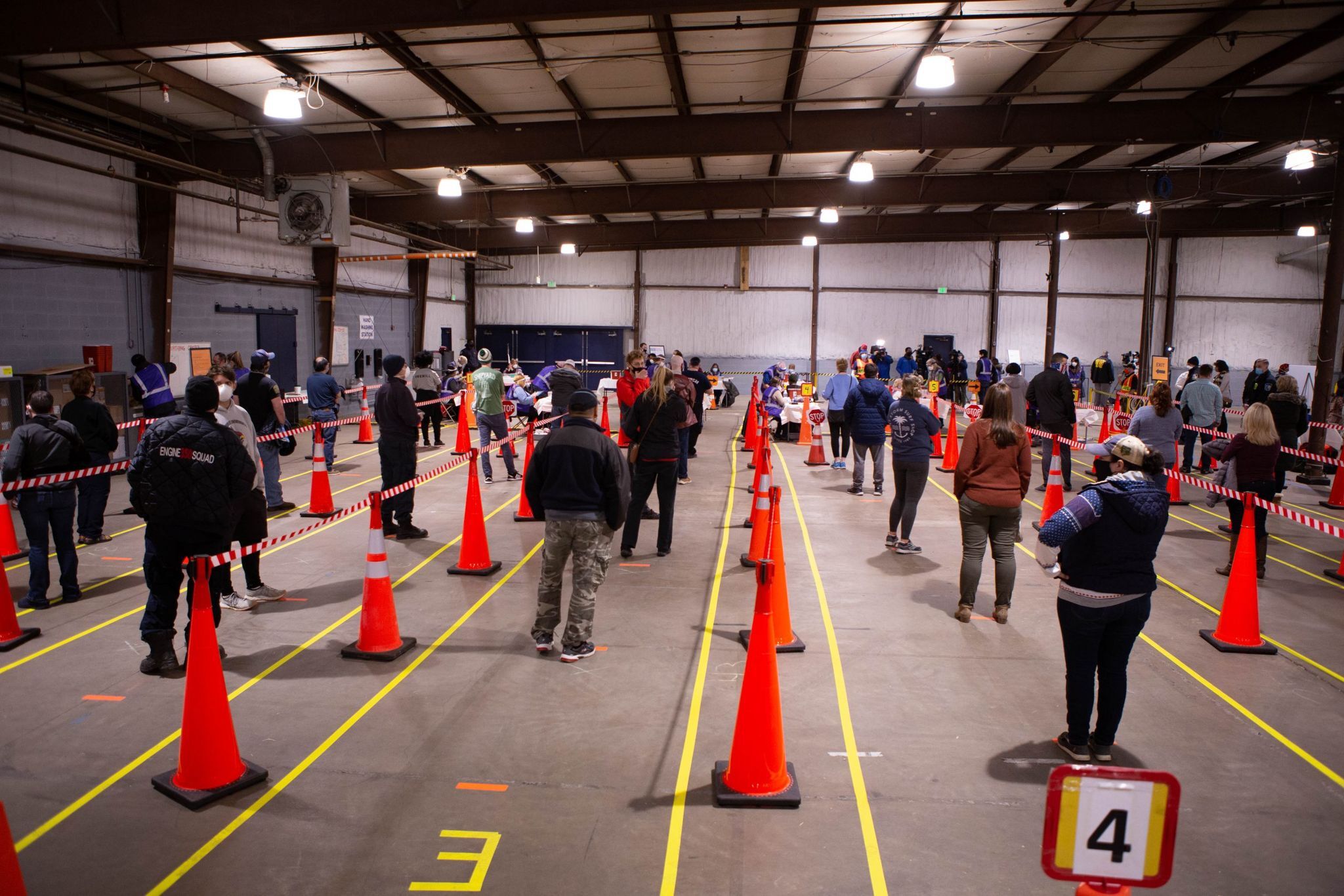
Since the pandemic began, we’ve underlined many areas of transportation that have been begging for development in recent years and have opened our eyes to perceive what more sustainable and equitable cities look like without the byproducts of our everyday lives.
Reduced public transit. Concerns for personal health and safety. Limited or no access to a private vehicle.
These are a few examples that contribute to the chasm in transport equity that’s stopping communities from receiving the protection they’re entitled to.
The problem arises from the initial lack of research and knowledge at the start of the pandemic which understandably discouraged travelers from using public transit and switch to private vehicles as a safeguard.
As a result, we saw drive-through testing clinics pop up across cities to allow people to be tested directly from the comfort of their car.
Today, many of the vaccination sites are being built on the existing infrastructure because of the prevailing logic that prioritizes private vehicle usage because it is safer than public transit, disregarding the research and safety measures that have been put in place to ensure public transit remains one of the safest modes of travel.
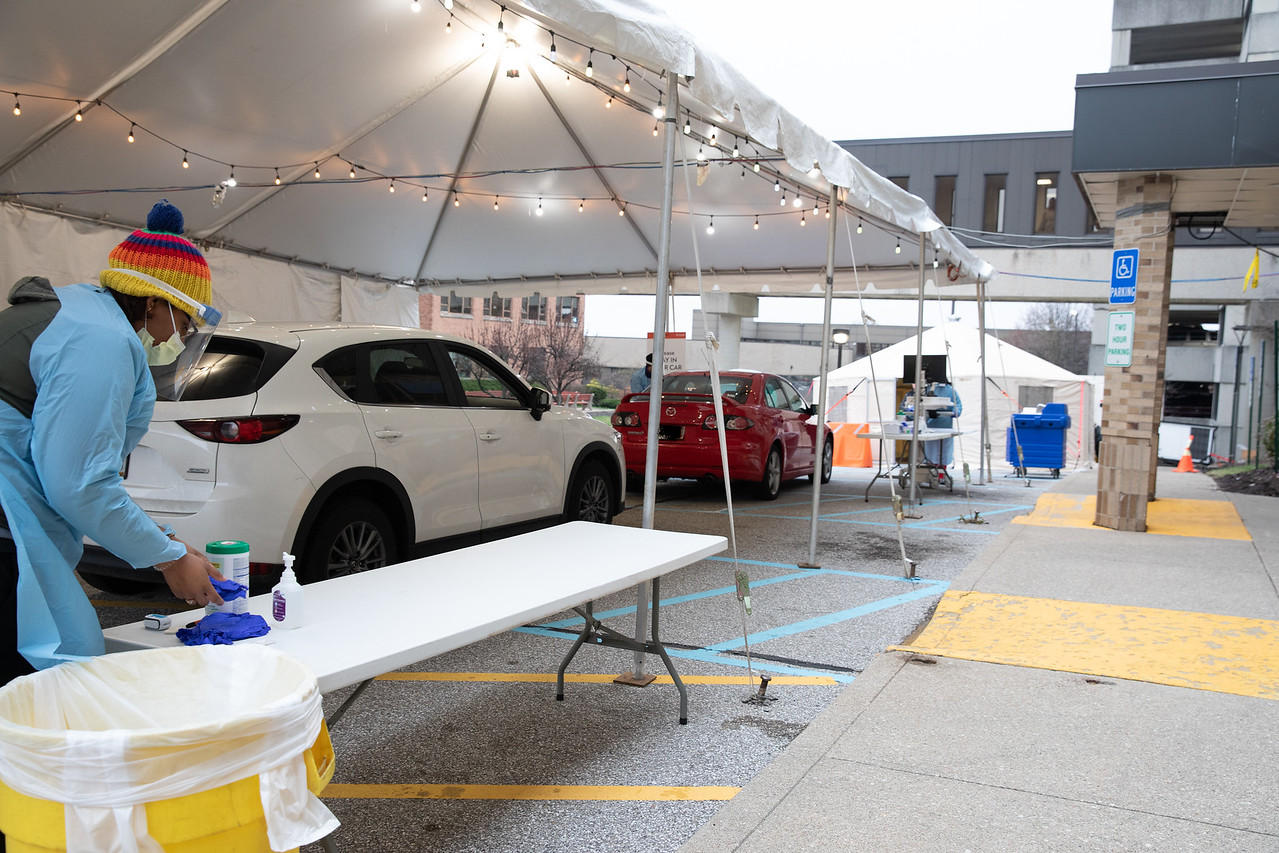
With reduced ridership came reduced services, and communities that rely most on public transit are feeling the hit — especially communities of color.
In fact, the Centers for Disease Control and Prevention reported that the vaccination rate of these communities is lower than that of white communities.
The report found that the vaccination rate is three times higher among White people than that of Hispanic people, and twice that for Black people. This disparity increases the older the individuals are due to the additional limitations in their mobility.
VaxTransit is an advocacy campaign that aims to reduce the equity gap in vaccine accessibility by encouraging free transit to vaccination sites across the 50 states of the United States and beyond.
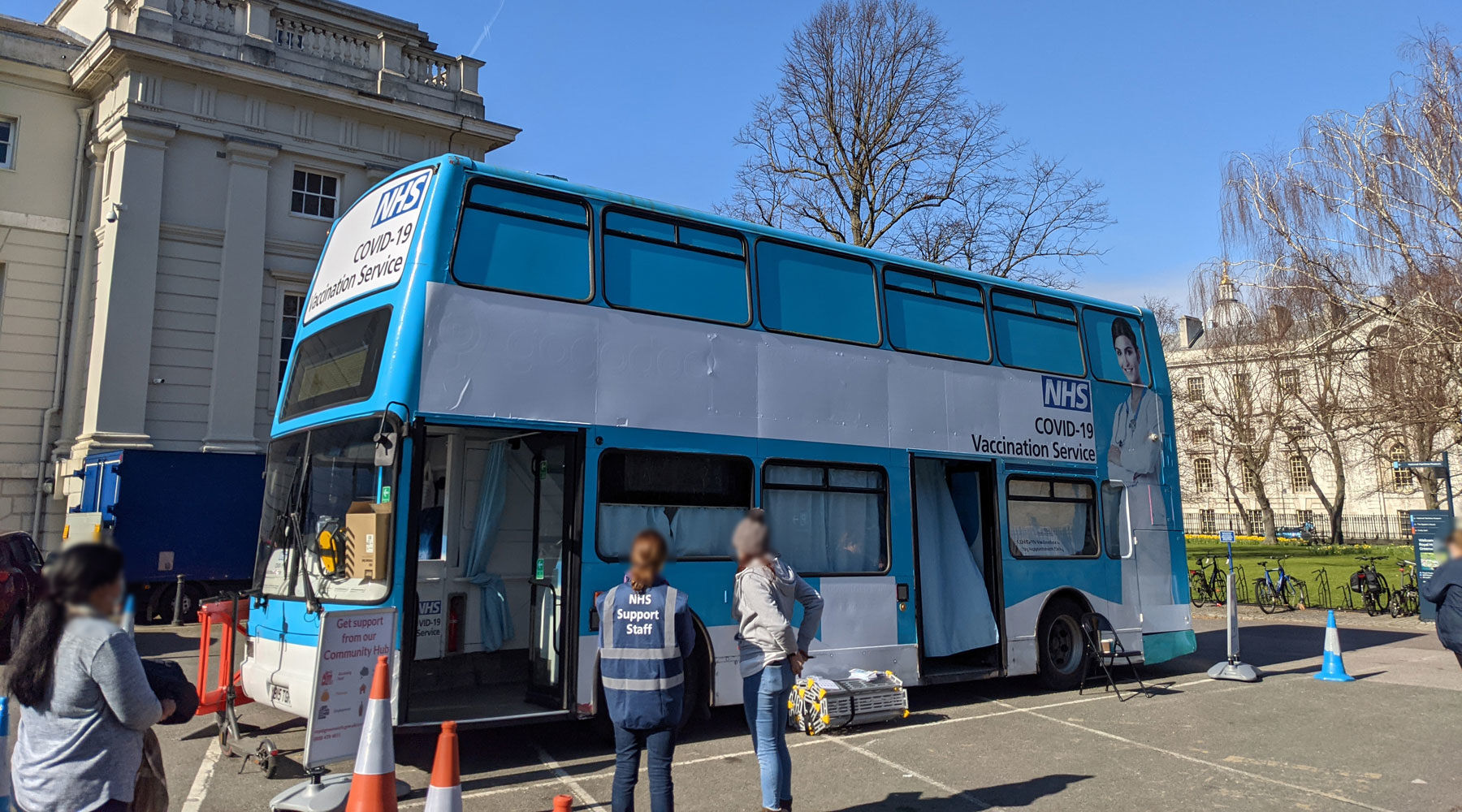
To attain a better understanding of the campaign, Sengerio spoke with Stewart Mader who is leading advocacy efforts for VaxTransit. Stewart has notable experience working closely with transit agencies and public officials to build better transit for communities across the nation.
Earlier in the year, Stewart published his article ‘Getting the Covid Vaccine Shouldn’t Require a Car’ to raise awareness of the issue at hand and outline the necessary steps to be taken to make vaccination more accessible to communities.
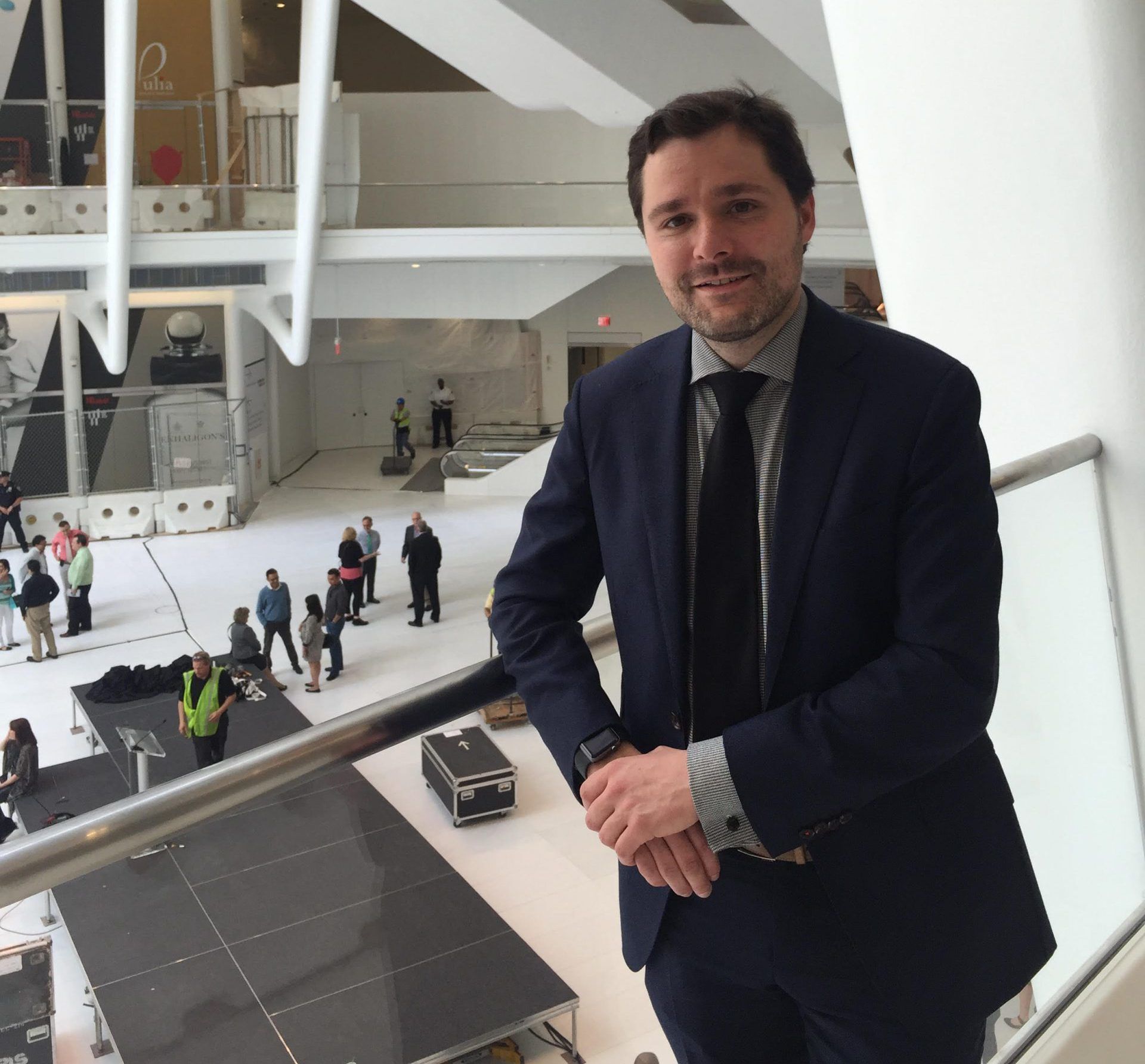
The article emphasizes the need to loosen our grip on the car-centric ideology and prioritize planning vaccination sites closer to transit-friendly locations. The premise interestingly ties in with another concurrent movement that is striving to ensure frontline transit workers are prioritized to receive the vaccine. Stewart explains:
Some states are prioritizing frontline workers that have higher exposure to the public, such as public transport workers. Other states are prioritizing age and the risk is that they are putting their frontline workers at greater risk the longer they have to wait to get vaccinated.
But this is beginning to change. Transit agencies and advocacy groups like CalTransit worked together to convince states like California to change course, and give transit workers priority to get vaccinated. This protects them as they help provide VaxTransit to their communities.
The Federal Emergency Management Agency (FEMA) has opened vaccination sites around the country and we are seeing more elected officials recognize the urgency of including transit workers as a priority group in vaccine programs across numerous states.
One of the first sites FEMA opened was in Oakland, California, at the Oakland Coliseum. By the time this site had opened, two public transit agencies in the Bay Area partnered to provide free rides to and from this vaccination site.
AC Transit, the bus operator on the east side of the Bay Area partnered with the Bay Area Rapid Transit (BART) to make sure that people have free rides to get their vaccination. We’re seeing more of this take place.
What’s been heartening to me is that a lot of rural transit agencies in the larger areas with a low population density stepped up and offered free transit — which is great. We often think of transit in big cities and forget that transit is just as important in rural areas where people may be much farther from vaccine locations and unable to get there without transportation.
At the beginning of the year, 15 transit agencies in 9 states offered free rides for vaccines. When Sengerio spoke with Stewart, these numbers had increased to 28 agencies across 22 states. Today, more than 450 transit agencies in 45 states are providing free rides to vaccination sites and other countries have begun implementing the same initiative.
To learn more about how transit agencies can establish equitable transport to millions of transit riders, I recommend reading Stewart’s recent article published in Mass Transit magazine, ‘VaxTransit: 450+ Agencies in 41 States Provide Free Rides for Vaccines’, that outlines the best practices from 16 transit agencies to build better transit systems for our communities.
VaxTransit is providing equitable transit to the millions affected by the lack of viable solutions to get their shot. The campaign is rapidly gaining momentum and Stewart continues to rally for free transit in the remaining states.
There are some states where there hasn’t been a heavy focus on this issue. I’m working on pushing that issue with these states and getting it in front of state officials, to show them that there’s an opportunity to join their peers and provide VaxTransit to improve equity for their most vulnerable constituents.
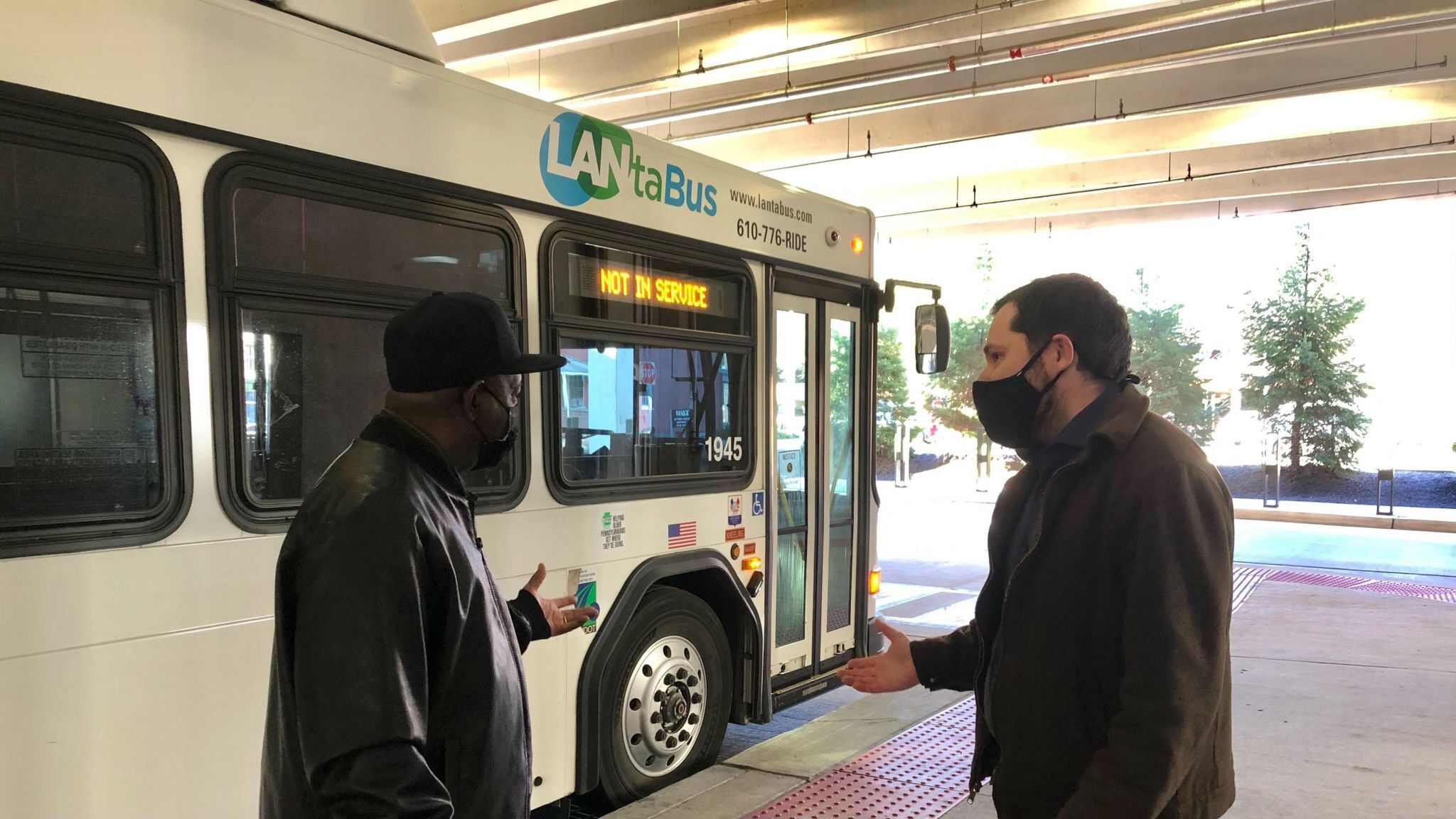
VaxTransit also encourages the use of public transit resources to create mobile vaccination units to reach isolated or fragile communities where free transit isn’t an option. Stewart highlights that,
For the population who, because of age or underlying conditions, would be at greater risk traveling to vaccination sites, the better answer would be for the vaccine to come to them via mobile vaccination clinics.
VaxTransit advocates the use of public transit agency resources to do that. We have agencies who already know their local areas because of their existing routes. Agencies most likely employ drivers who come from these areas and know the ins and outs of the communities really well. They’re the best people to be able to take mobile vaccination clinics into those communities and reach the people who are highly vulnerable.
In the U.S, public transit agencies are partnering with healthcare providers to create mobile vaccination clinics to reach these communities.
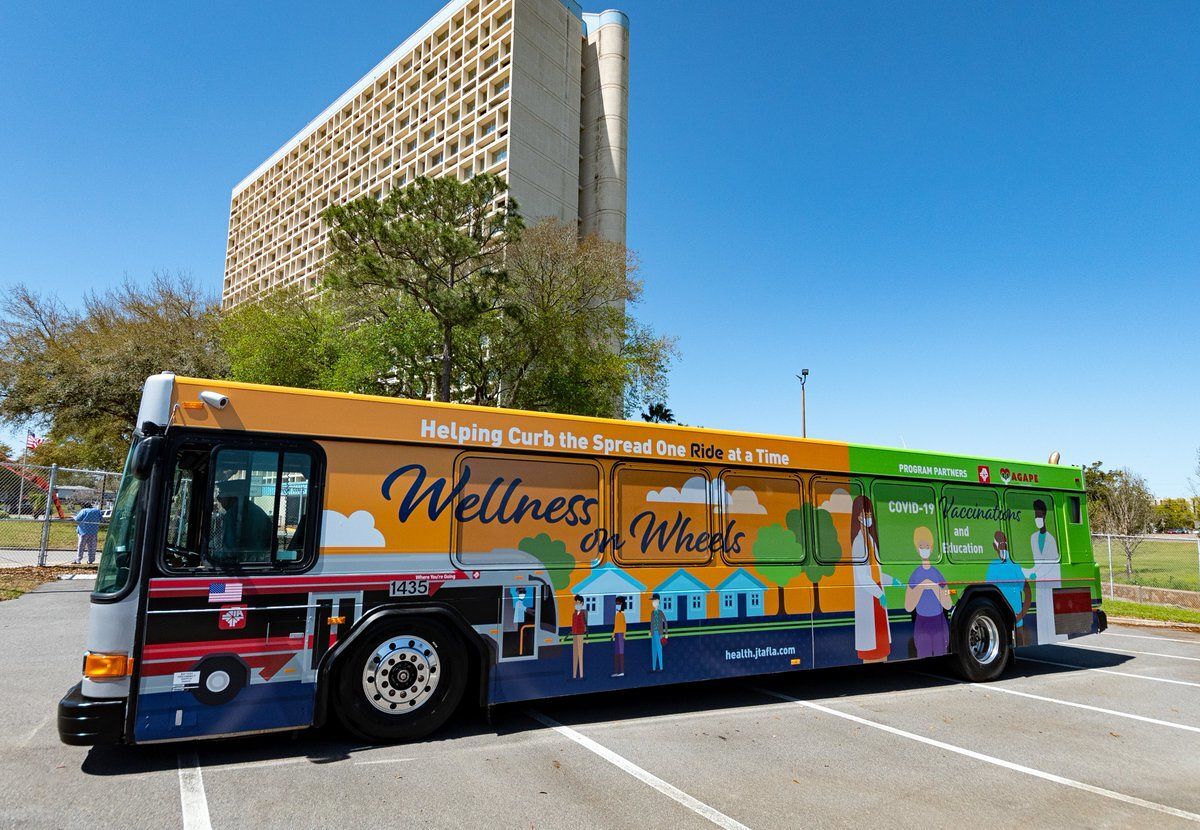
Jacksonville Transportation Authority provides an excellent example of this where, in addition to its existing bus routes and on-demand services to vaccine sites, the authority has recently begun cooperating with Agape Family Health to launch the mobile vaccination service ‘Wellness on Wheels’ to bring the vaccination program to the doorsteps of the more fragile communities.
On top of public transit solutions, private operators are lending their resources to transport medical teams across the nation. On the East coast, the Massachusetts-based bus company Yankee Lines has converted many of its buses to accommodate transporting the medical equipment.
Over on the west coast, Storer Coachways has launched a similar program called ‘BusTest Express’ by changing up their tour buses.
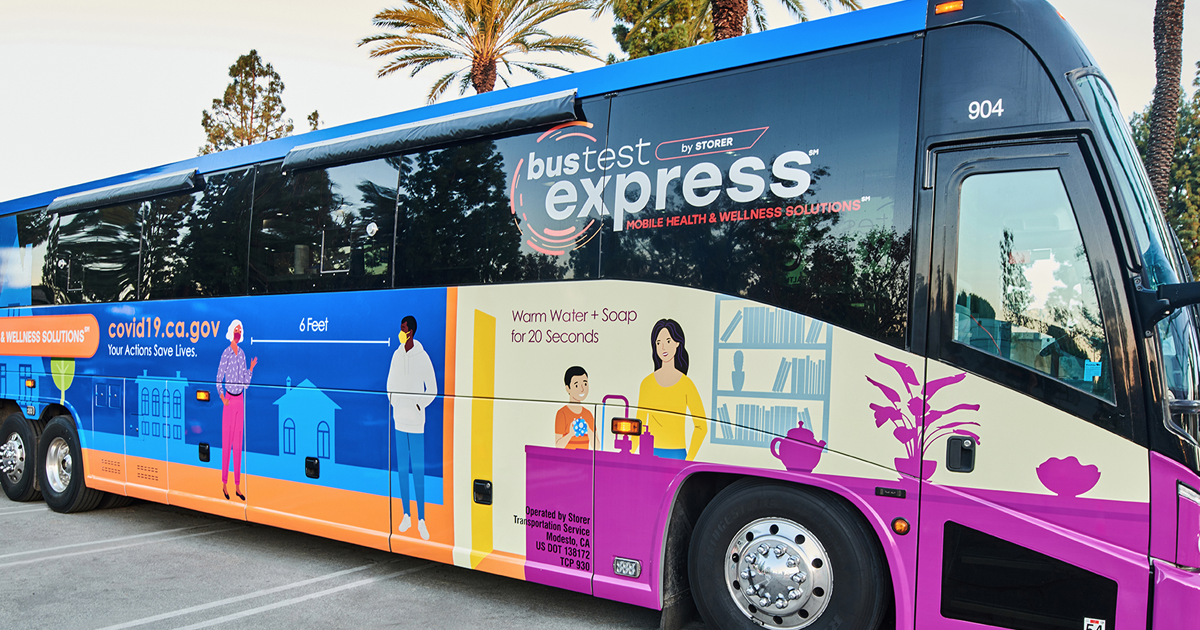
Beyond the U.S, VaxTransit in Canada is gradually increasing in popularity with 21 agencies providing free transit.
Crossing the pond to the United Kingdom, from Wales’ ‘Immbulance’ to South East England’s Metrobus, public transit providers are teaming up with the National Health Service (NHS) to speed up the nations’ vaccination program.
London’s symbolic black cabs have been kitted out into nifty mobile clinics known as ‘Vaxi Taxis’ and classic British double-deckers converted into immense mobile clinics that are painted blue to represent the colors of the nation’s NHS.
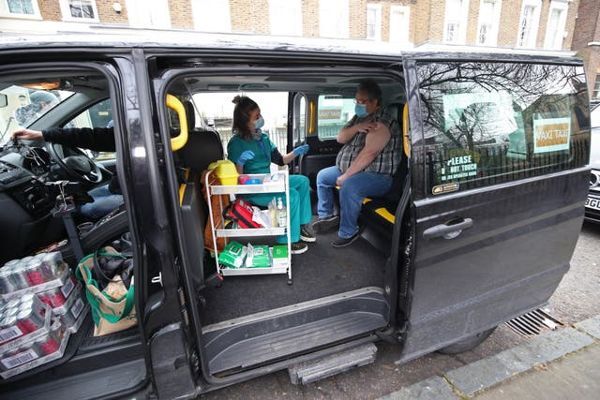
Heading into Europe’s mainland, several member states are addressing the problem of inequitable access to vaccination sites. Similarly, France is deploying small medical teams in public buses known as ‘vaccinobus’, whereas in Germany public transit providers are focusing their attention on on-demand microtransit services.
Having been one of the hardest-hit countries in 2020, Italy is relying on volunteer groups like the Italian Red Cross and Auser to provide free private taxi services to and from vaccine sites. Some larger cities, such as Turin, have introduced discounts to use urban taxi services to ensure the community’s fragile members arrive safely at their vaccination location.
Despite Europe’s lethargic start to its vaccination program, it’s inspiring to see that its member governments are addressing the equity gap. But if we compare Europe’s efforts with the immense achievements VaxTransit has accomplished in the United States, there is a notable difference between the two.
If we take a closer look at Europe’s answers to the equity gap, we notice an underlying theme: the majority of the solutions provided are mobile vaccination units or private taxi/ minibus services.
While these solutions are permitting the population to receive their vaccine, it disregards the solution that has assisted the rapid vaccination program seen in the U.S.
What’s causing this hesitancy to provide free public transit?
A plausible answer could be that Europe is yet to scale the obstacles the U.S managed to do earlier in the year. Moreover, it is possible that the idea of using a private vehicle is far safer than using public transit is creating some concern. But this is an outdated excuse that only adds fuel to the equity gap in transportation and harms public transit.
Free transit to vaccine sites has highlighted a way to ride the wave of reduced ridership and funding cuts to ultimately rebuild the public’s trust. Here’s what we can learn from VaxTransit.
Over the past year, U.S transit agencies have received $69.5 billion in federal funding for operations, most recently through the $30 billion provided by the Biden Administration’s American Rescue Plan.
Considering the reduced ridership, it was more worthwhile to invest the money in providing free rides to rebuild some of the ridership agencies had lost. Stewart explained that,
When transit agencies receive adequate funding they can certainly use that to provide free transit to vaccination sites. For governments that are still on the fence about providing more funding, a transit agency can argue that they’re getting people vaccinated by using their services to save lives and that the economy reopens safely.
Adequate funding allows transit agencies to continue providing service at a level that’s going to encourage people to use public transit and build new post-pandemic ridership. I say new ridership because transit agencies may not gain back all the riders who used their services primarily for commuting before the pandemic. This gives agencies the opportunity, and imperative, to rethink service so it enables people to use transit in new ways, on more days, and for a wider variety of trips.
The Biden administration unveiled the $2 trillion American Jobs Plan that calls for a $621 billion investment in transportation, and allocates more funding to transit ($85 billion) and rail ($80 billion) combined than roads ($115 billion), and focuses the road funding on repairs instead of widening highways.
By offering free rides for vaccines, VaxTransit establishes a way of rebuilding the public’s trust in transit agencies. This aims to dispel the outdated notion that public transit is a vector for the virus and reiterate that public transit is more economically and environmentally friendly than owning a private vehicle.
The biggest challenge the public transport industry faces right now is people are not riding. They’re afraid of public transport.
But the last thing we want to do is cut their services, by either cutting back on routes or the frequency of the services. What we know from the past is that when transit agencies have cut services, it leads to a decline in ridership. This is because if you take a service away from somebody, they’re going to look elsewhere; such as getting a car.
Stewart told Sengerio about how the commuter rail provided by the California Transit Association provides a great example of this.
The California Transit Association lost a significant amount of their ridership due to the pandemic. What they realized was that the people who continued riding were their core customers. So in the fall of last year, they put forth an equity plan and said that they’re going to increase the frequency of trains at the times of day where we see most people riding, and cut back on fewer used services. They decreased the frequency of express trains and increased local trains which have higher ridership, they improved the time to transfer with other transit agencies so people weren’t waiting as long, and they cut fares for their lowest-income riders by fifty percent.
They did this in the middle of the pandemic when the future of their funding was in the unknown. And the result? Voters rewarded them later in the year and fixed a funding problem the association had had since it was created: it lacked a dedicated, predictable source of revenue that it could use to plan ahead for future service.
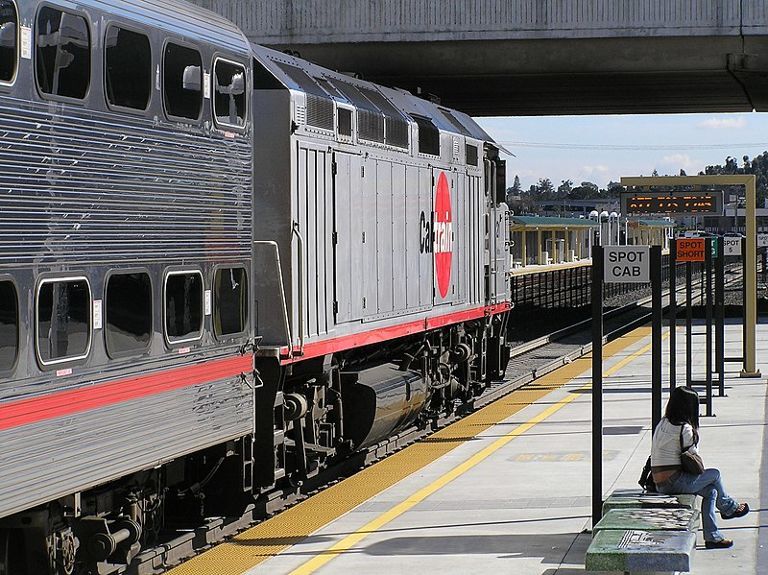
Public transit is a fundamental element to every community whether its motive is health, economic, or social. It is a central piece to mobility networks and provides the backbone to a city’s ability to interconnect.
Not only has transit kept our society moving throughout the crisis, but it also guides us towards the post-pandemic world where safety is paramount.
VaxTransit puts forward an opportunity for transit agencies to reconnect with their users; to not simply bring public transit back to what it was pre-pandemic, but make public transit arise from the pandemic with new solutions to communities’ problems with riders at the center.
Public transit isn’t a business. It’s a public service.
We don’t think about whether the sewer system, water system, or roads lose money. We expect those things to be there and work for us.
We need to think about transit in the same way and I think that the silver lining of the pandemic is that people are starting to realize this.
— Stewart Mader, VaxTransit advocate

ABOUT SCOTT FRANKLAND
Scott Frankland is Head of Content at Sengerio. His spirit of inquiry leads him to the world of transportation and mobility to connect with the industry’s leading experts and shine a light on the hot topics.